
Silty soil falls in the middle between sandy and clay soils. It can be a dream to cultivate as it's usually very fertile. It's also light so easy to dig and work on all year round. In addition, silty soil drains moderately well and holds more moisture than sandy soil, plus has plenty of aeration, which is key for plant health.
The downside is that silty soil has a greater tendency to form a crust, and can become compact and hard. This means you will need to avoid working with silty soils if they're wet to reduce the risk of compaction. It also helps to increase organic matter by digging in compost and soil improvers.
Silty soil is similar to sand, but not quite as free-draining, so is more effective at holding both water and nutrients. A silty soil will look and feel fine and slippery. As it's moist and fertile a good range of plants thrive in it including shrubs, climbers, perennial plants, as well as many vegetable and fruit crops. Ahead of choosing any plants it's always a good idea to check out soil types to establish what conditions you're working with in your garden.
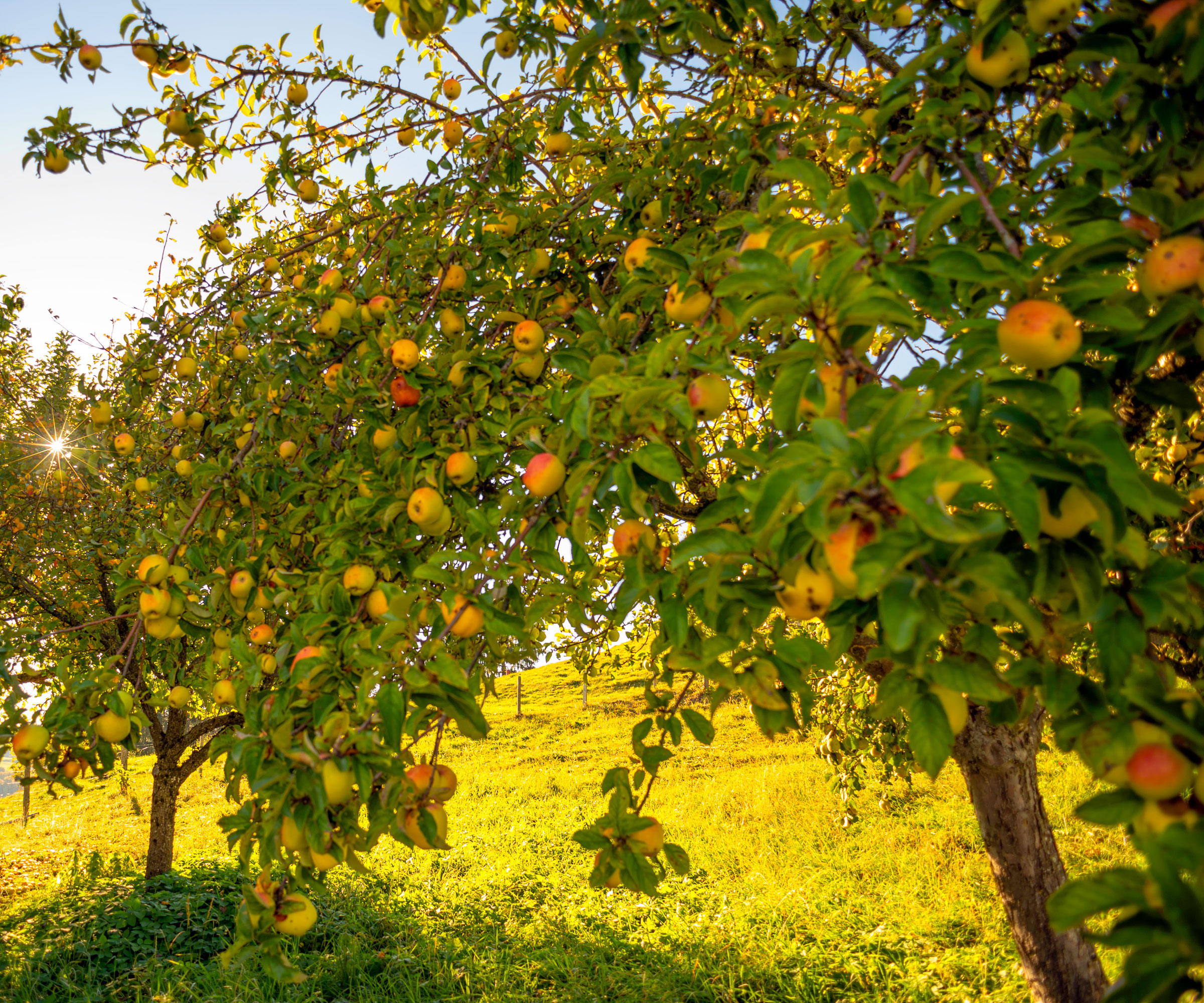
10 of the best plants for silty soil
So where does silty soil come from? It's formed when eroded rocks such as granite are transported by water, ice or wind. Silt carried by water can cause rivers or wetlands to ‘silt’ up, and winds can create silt ‘blankets’.
'A soil is called silt soil if it's composed of at least 80% silt particles,' explains landscape designer and soil expert Juliet Sargeant, whose new book Start with Soil is available at Amazon.
'Silts are usually nutritious soils, more so than clay and sand. Silts have good aeration and a structure that allows plant roots to penetrate and metabolise. They are able to hold on to water better than sandy soil, helping plants to withstand drought for longer.'
'Consider yourself lucky if you’re gardening in silty soil,' says Florida-based master gardener Jon VanZile, author of The Flower Garden Deck, available at Amazon. 'About 60% of the Mississippi Delta is considered silty soil. It’s composed of small particles that retain moisture well and are rich in nutrients, making it a happy place for many popular plants.'
1. Butterfly bush
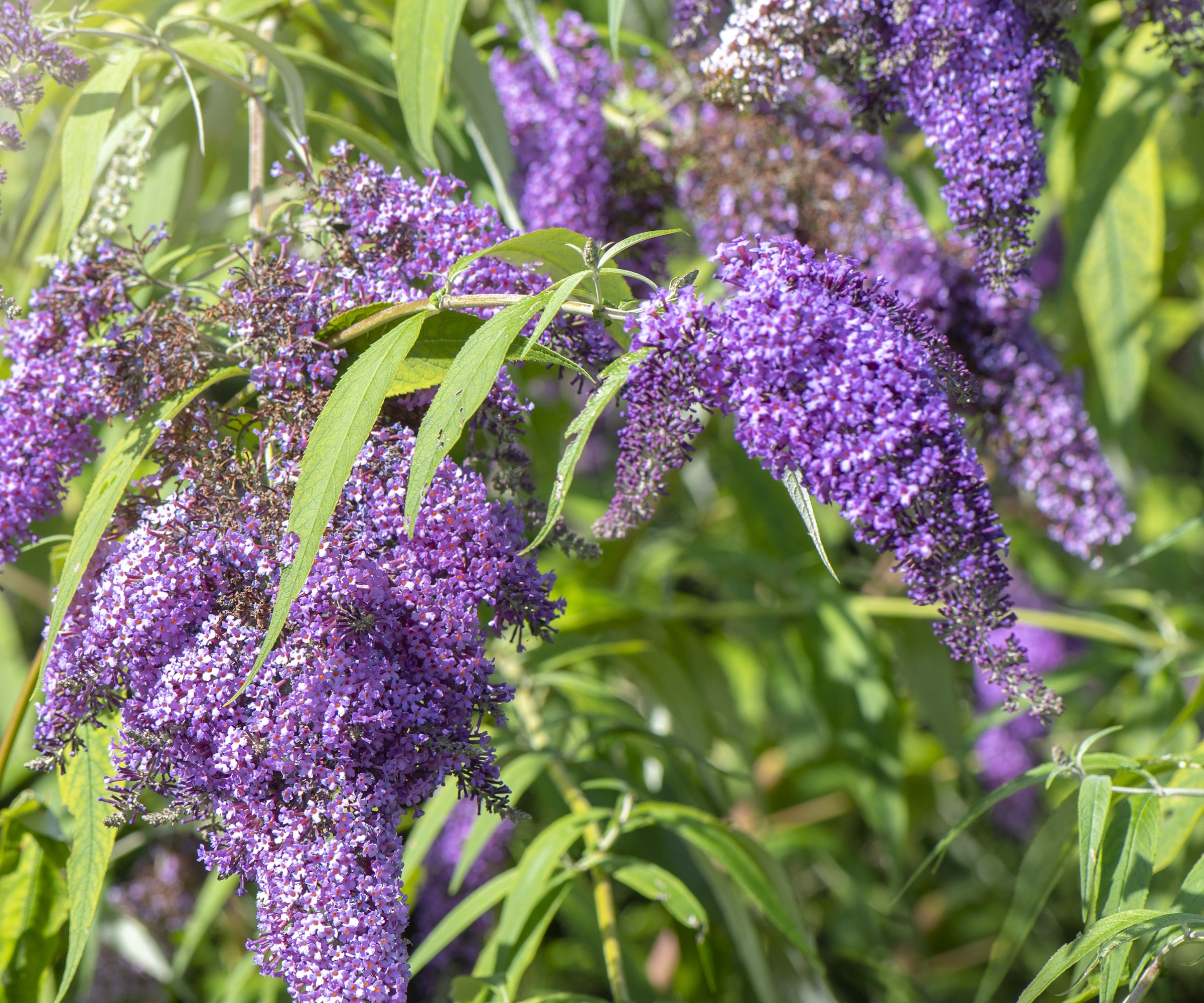
Butterfly bush loves free-draining soil so silt is a good match for it. It will thrive if combined with sun for at least part of the day. In the right conditions they have a habit of spreading.
'This fast-growing deciduous shrub has grape-like panicles of scented mauve flowers with tiny orange eyes,' says Juliet. 'It does not deserve its bad reputation. If pruned hard in March, they can be kept in their space and will produce long-lasting panicles with enviable wildlife value. I like to train them on to a few main stems to become tree-like.'
Also known as buddleja, butterfly bush is hardy in zones 5-10 and is a magnet for butterflies and hummingbirds.
Choose from a range of butterfly bushes here at Costa Farms.
2. Astilbe
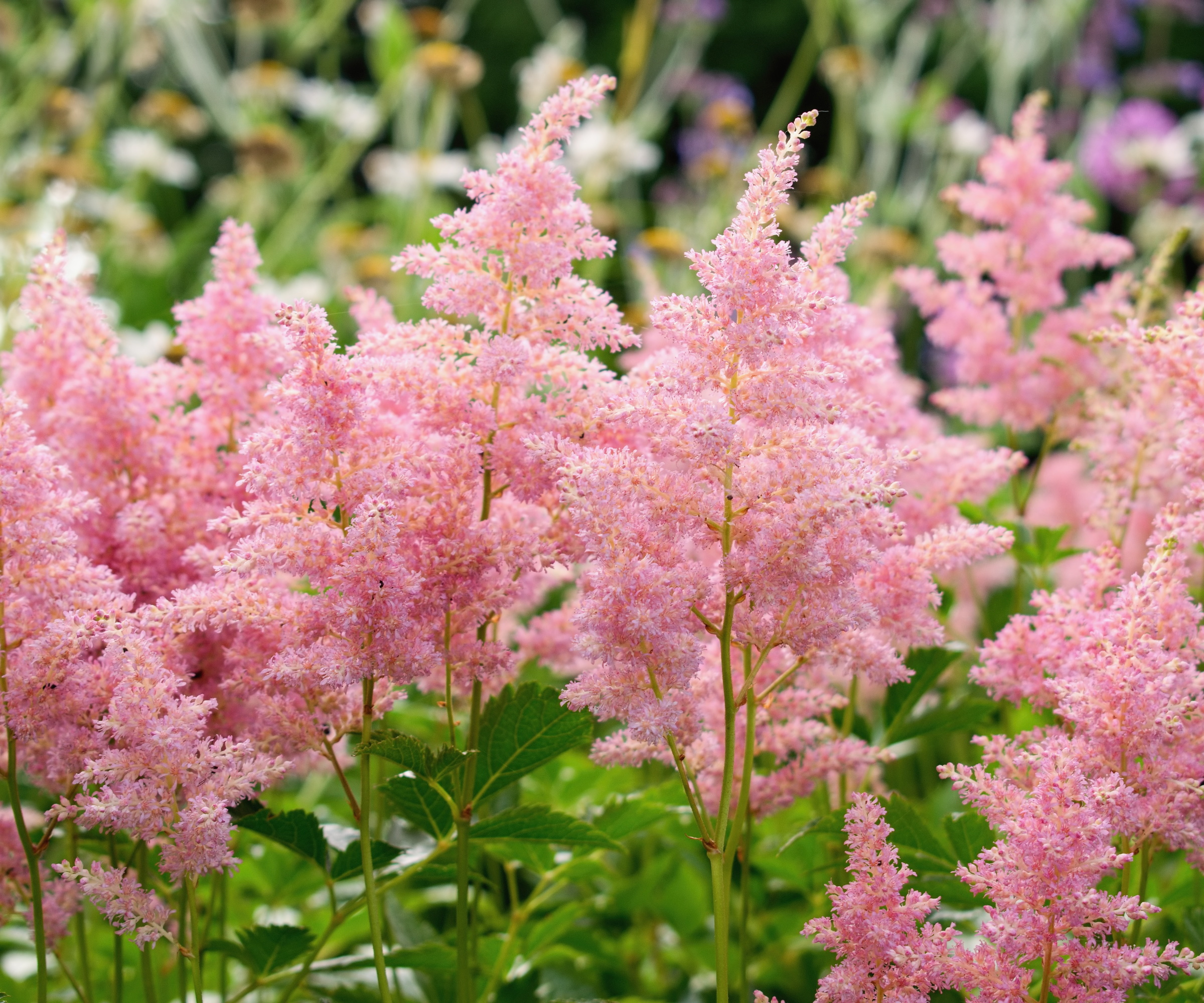
'With so many options, you can let your imagination run wild when choosing the best plants for silty soil, especially if you boost it by adding organic material like compost,' says Jon. 'One of my favorite plants for silty conditions is astilbe. It prefers moist, fertile soils with good organic content.'
Hardy in zones 3–8, astilbe likes a position in partial to full shade, or full sun in cooler climates. Ensuring consistent moisture is key to success. Jon recommends dividing clumps every 3–4 years to maintain vigor, and planting astilbe with ferns and hostas, which make great companion plants.
Find a range of astilbe here at Nature Hills nursery.
3. Dogwood
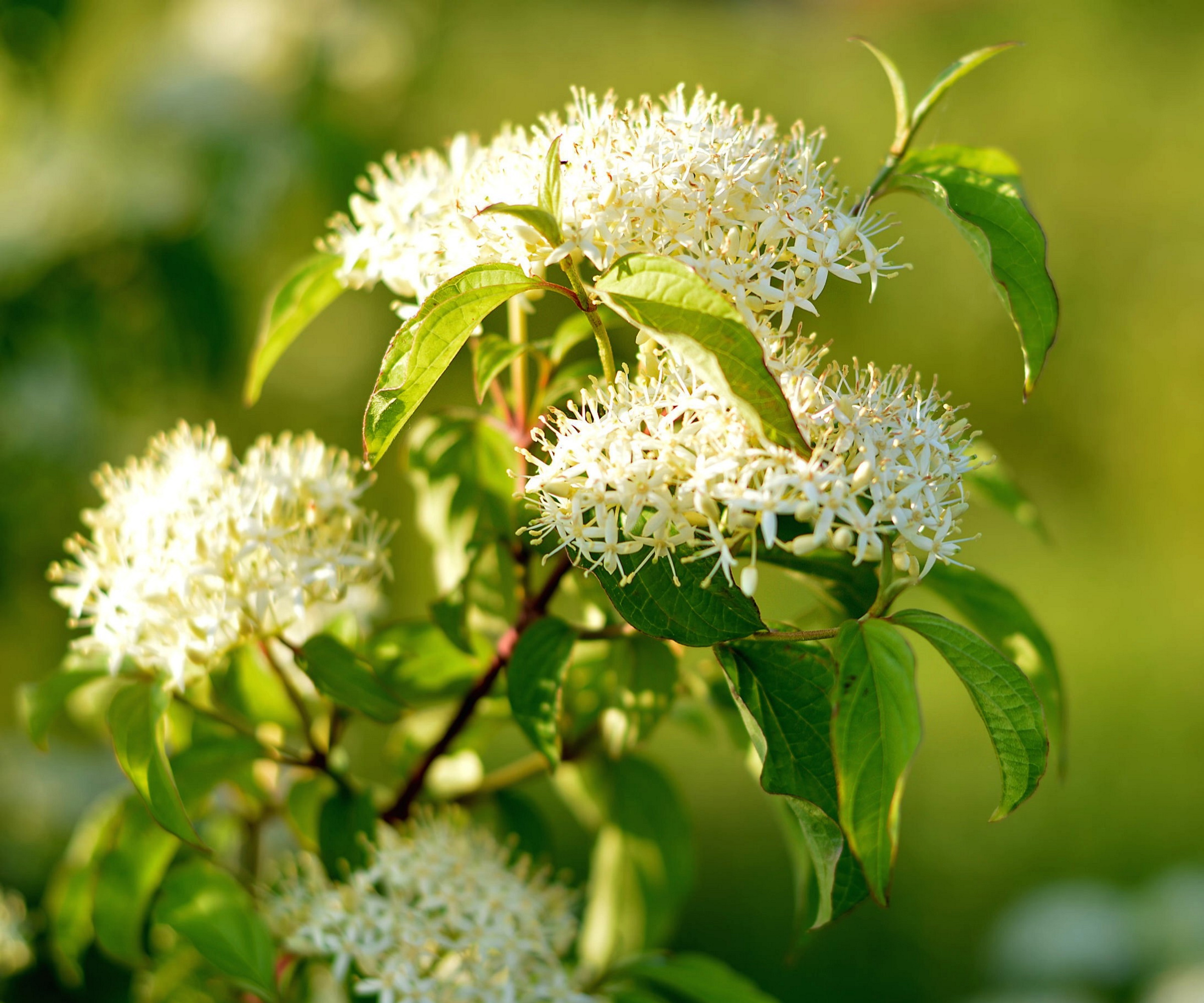
'One shrub I'd recommend for silty conditions is dogwood since it thrives in moisture-retentive soils and offers strong year-round interest,' says sustainable farming and soil management expert Patrick Martin.
'You'll get bright stems in winter, creamy flowers in spring, and rich foliage color in autumn. It’s hardy in zones 4 to 8, and very low-maintenance once established. Just give it a hard prune in early spring to encourage vibrant new growth.'
There are many varieties of this lovely tree to choose from, so you're bound to find one to suit your garden.
They will appreciate a little shade in the afternoon but will thrive in full sun provided that the roots are prevented from drying out in the summer months by mulching around the base of the tree to retain moisture. Be sure to amend the soil with organic matter before planting too.
4. Juneberry
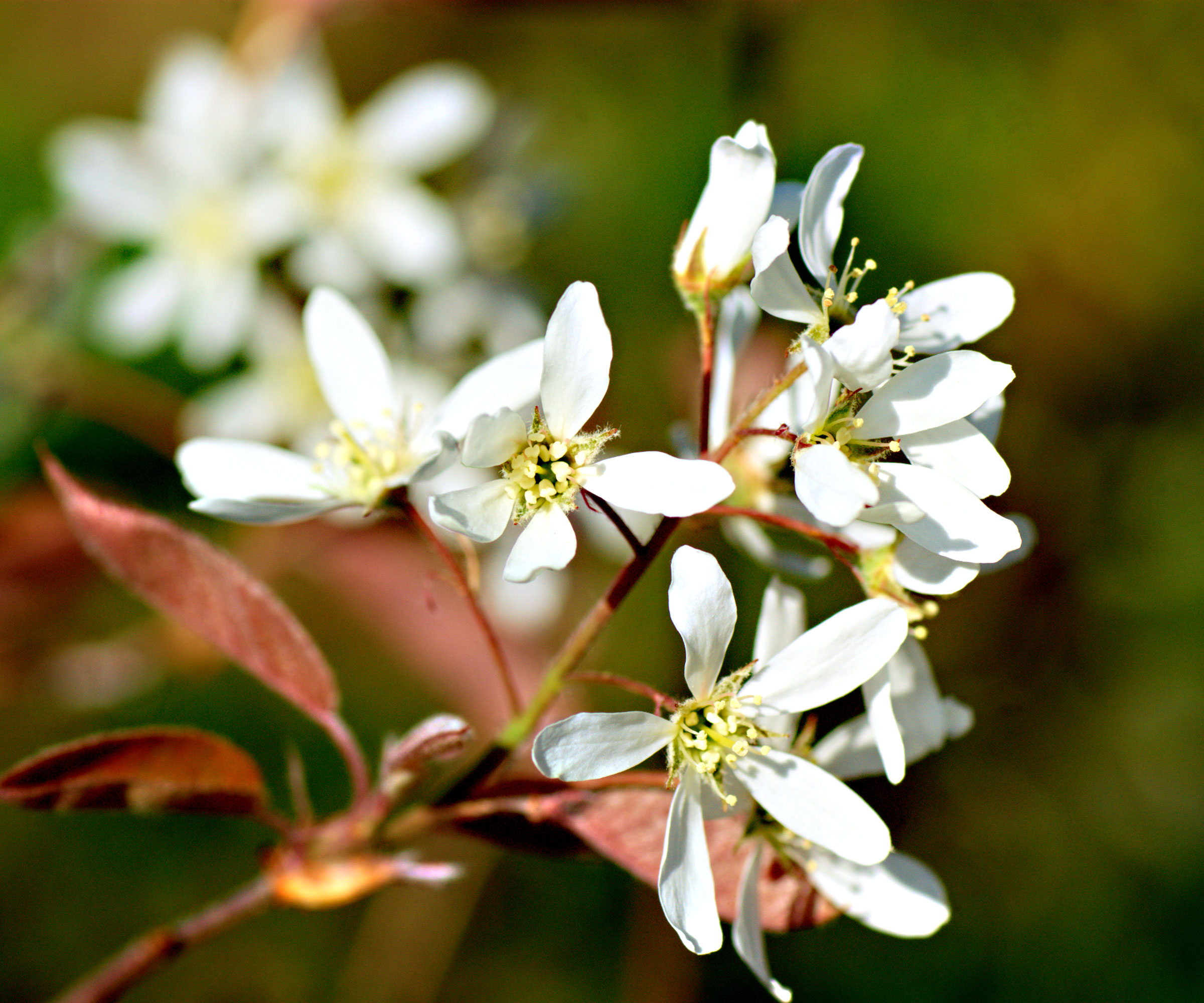
'Juneberry is a lovely choice for a tree if you have silty soil,' says Patrick. 'It’s happy in silty ground as long as it’s not too compacted, hardy in zones 4 to 9 and relatively easy to grow.
'It works beautifully in both formal and informal settings, and doesn’t mind a bit of shade. It’s also a magnet for pollinators and birds, so it’s a great pick if you’re after something that supports local wildlife.'
Also known as Amelanchier and serviceberry, these gorgeous trees have wonderful, star-shaped flowers and vibrant autumn color. They are ideal if your garden is compact, as they can be grown as either multi-stem shrubs or small trees.
Juneberries tolerate a wide range of soils in addition to silt, and adapt to being planted in lots of different growing conditions as long as the soil is well-drained.
5. Cardinal flower
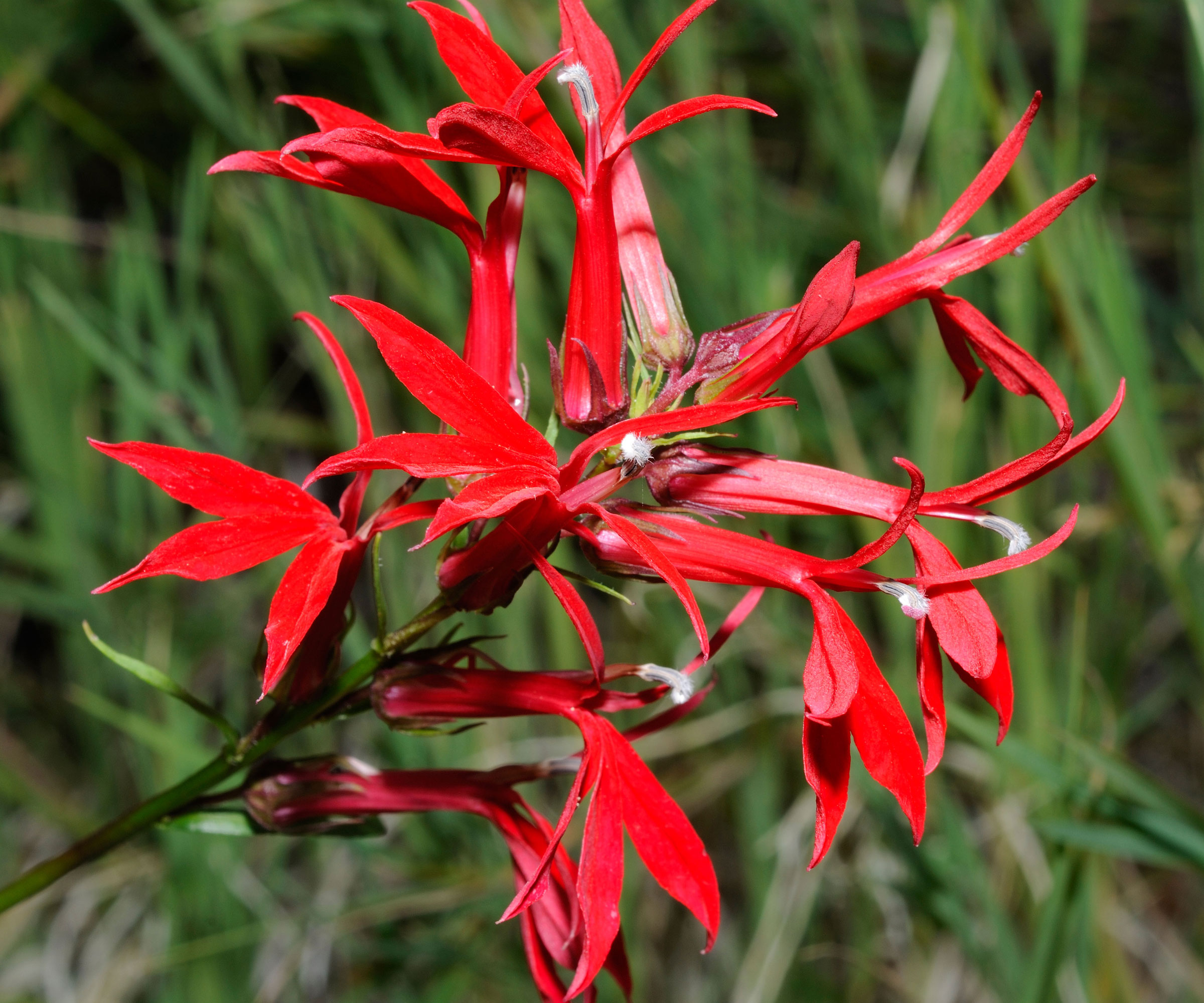
Beautiful red cardinal flowers are typically found growing in fertile, moist areas, often seen along riverbanks and in marshlands, so naturally are one of the best plants for silty soil.
A couple more plus points are that they're native plants and self-seed prolifically, so if you want to add a bold splash of color to your garden cardinal flowers are a good place to start.
Also known as Lobelia cardinalis this is one of the best plants to attract hummingbirds to your yard, as they provide habitat and are an excellent food source. Easy to grow in zones 3-9, keep soil evenly moist to promote blooms.
Find cardinal flowers here at Nature Hills..
6. Ostrich fern
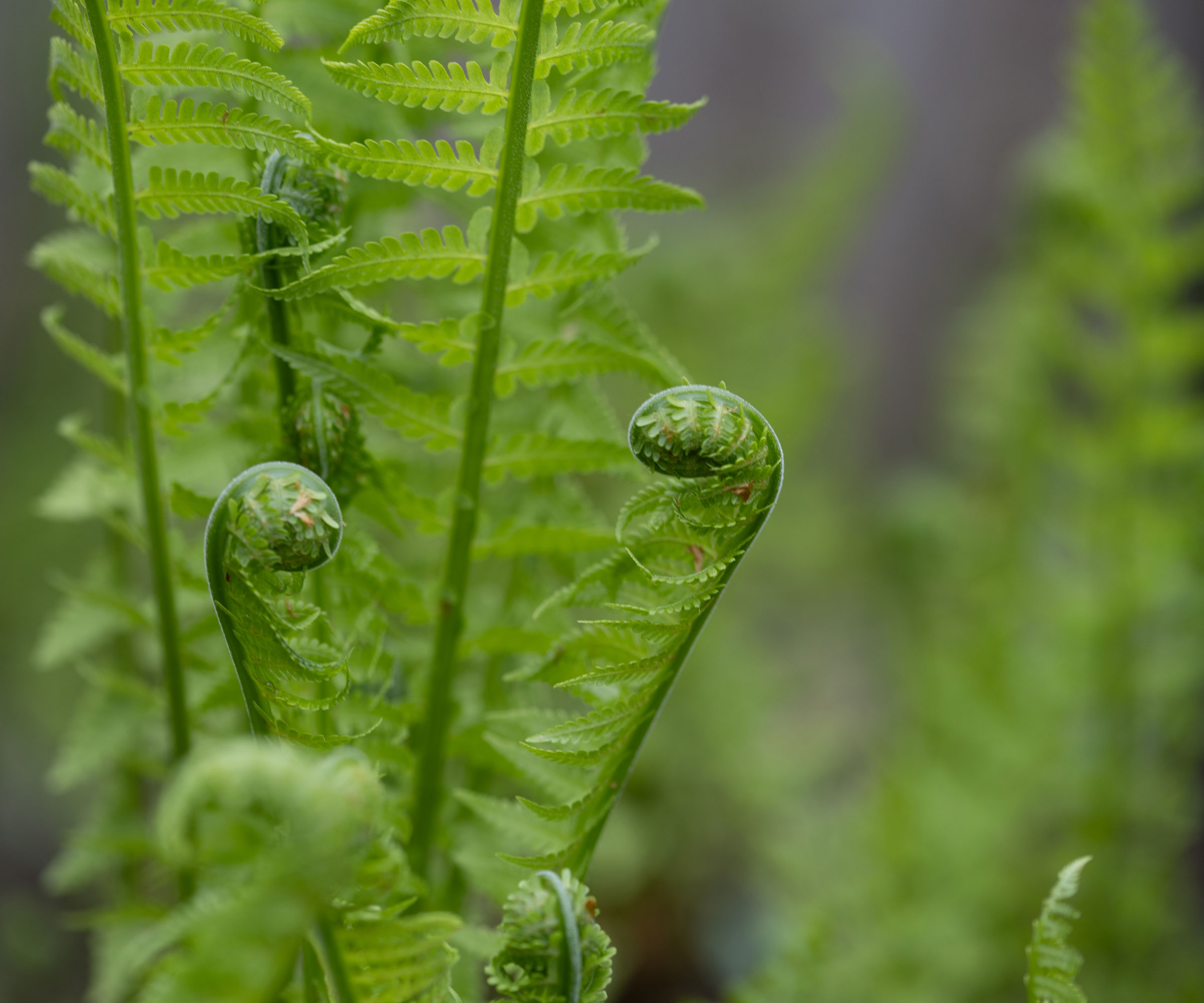
Some types of fern thrive in silty soil and the ostrich fern (Matteuccia struthiopteris) is one of the best. It has adapted to grow on the banks of rivers and streams that have flooded, and deposited new silt as a result. As a consequence ostrich fern does well in moist silty soil and likes dappled shade best.
Hardy in zones 3-7, ostrich ferns will also thrive in a rain garden and grown as pond plants, as well as being one of the best woodland plants. Perhaps the most beautiful fern for damp conditions, as long as it has shelter from drying winds and sun. The dainty fronds emerge from the top of a short stem to form a stunning lacy design.
7. Willow
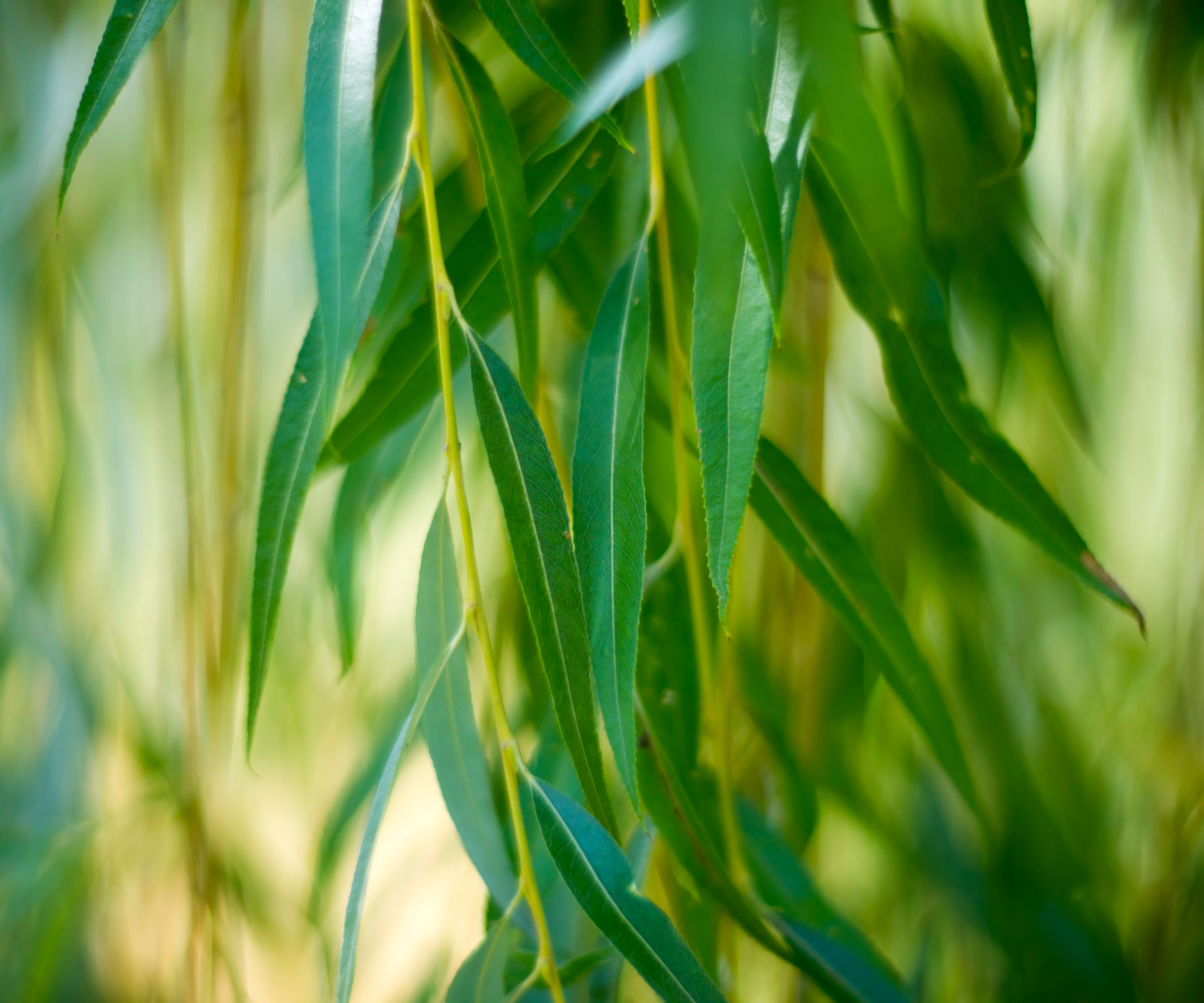
Willows are a popular landscaping tree that adds beauty and elegance to your garden. They are also one of the best trees for silty soil. They grow on river banks for a reason, loving the silty deposits their roots can dig into, and flourishing in the moist, nutrient-rich soil.
There are hundreds of different types of willow to choose from in all shapes and sizes from weeping and contorted stem varieties to pussy willows and dwarf cultivars. These tough trees, some native to the US, are particularly known for their lovely flowering catkins in April or May. They are also one of the best fast-growing trees.
Buy bare root trees that are at least one year old. Willow stems are very quick to root and the branches can be bent into shapes such as arches. They're easy to grow and thrive in hardiness zones 2-9 depending on the variety.
They don't need a lot of trimming except removing old and dead wood. But you may need to water them in dry summers.
8. Castor bean plant
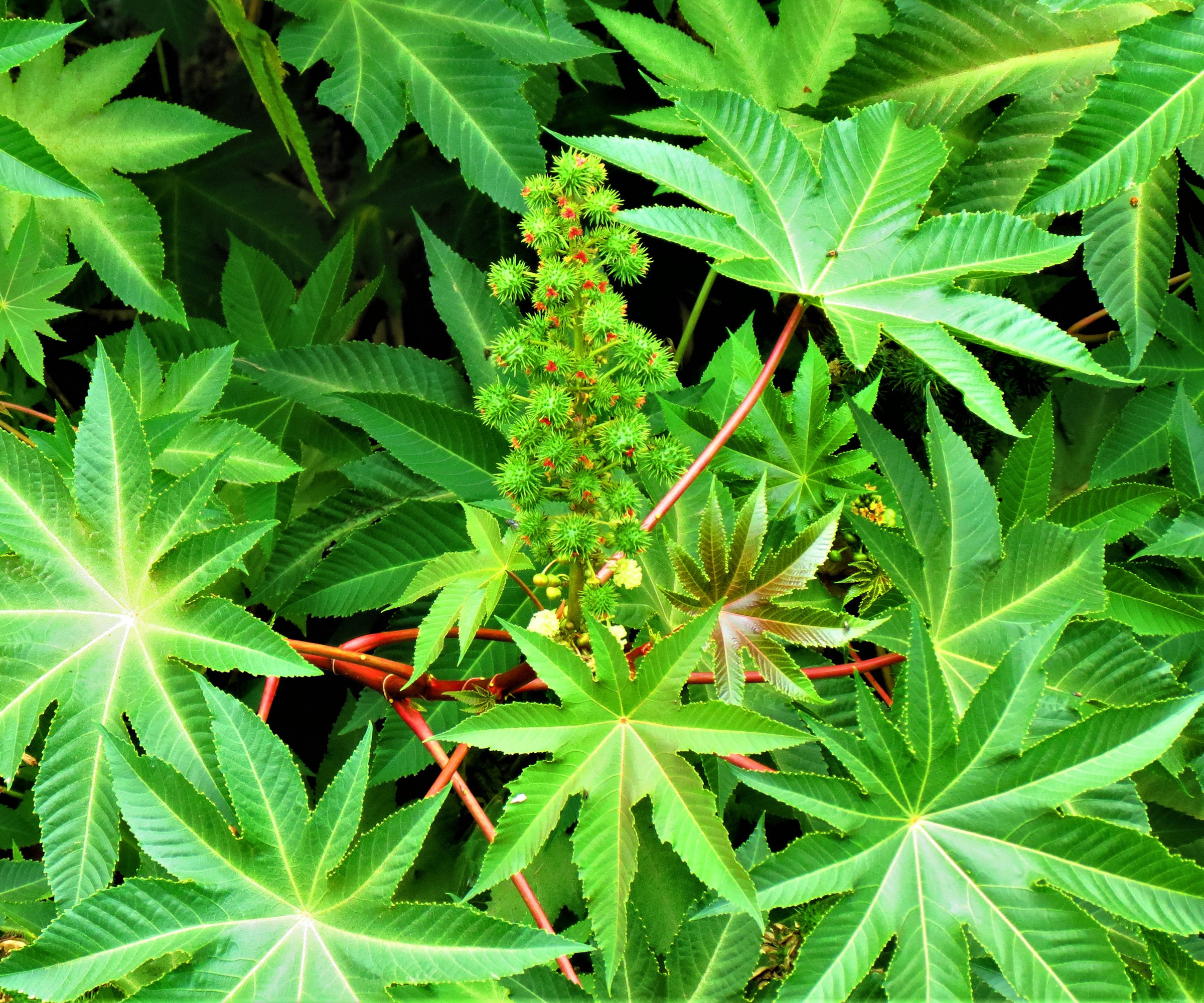
These eye-catching landscaping plants are fast-growing and make a good privacy hedge if you use several of them together, as they grow up to 10 feet tall and 6 feet wide.
Soil that is rich and moist such as a silty mix is best for the castor bean plant, which is also known as the castor oil plant and Ricinus communis. The soil should be nutrient-dense and hold moisture, but preferably not waterlogged.
These tropical plants like full sunlight for most of the day, warm temperatures and above-average humidity levels. Castor bean plants will continue to return year after year in areas where they're perennial, namely hardiness zones 9-11.
Although widely grown as an ornamental plant it should be pointed out that the caster bean plant is on the poisonous plants list and should be handled with care.
9. Cistus
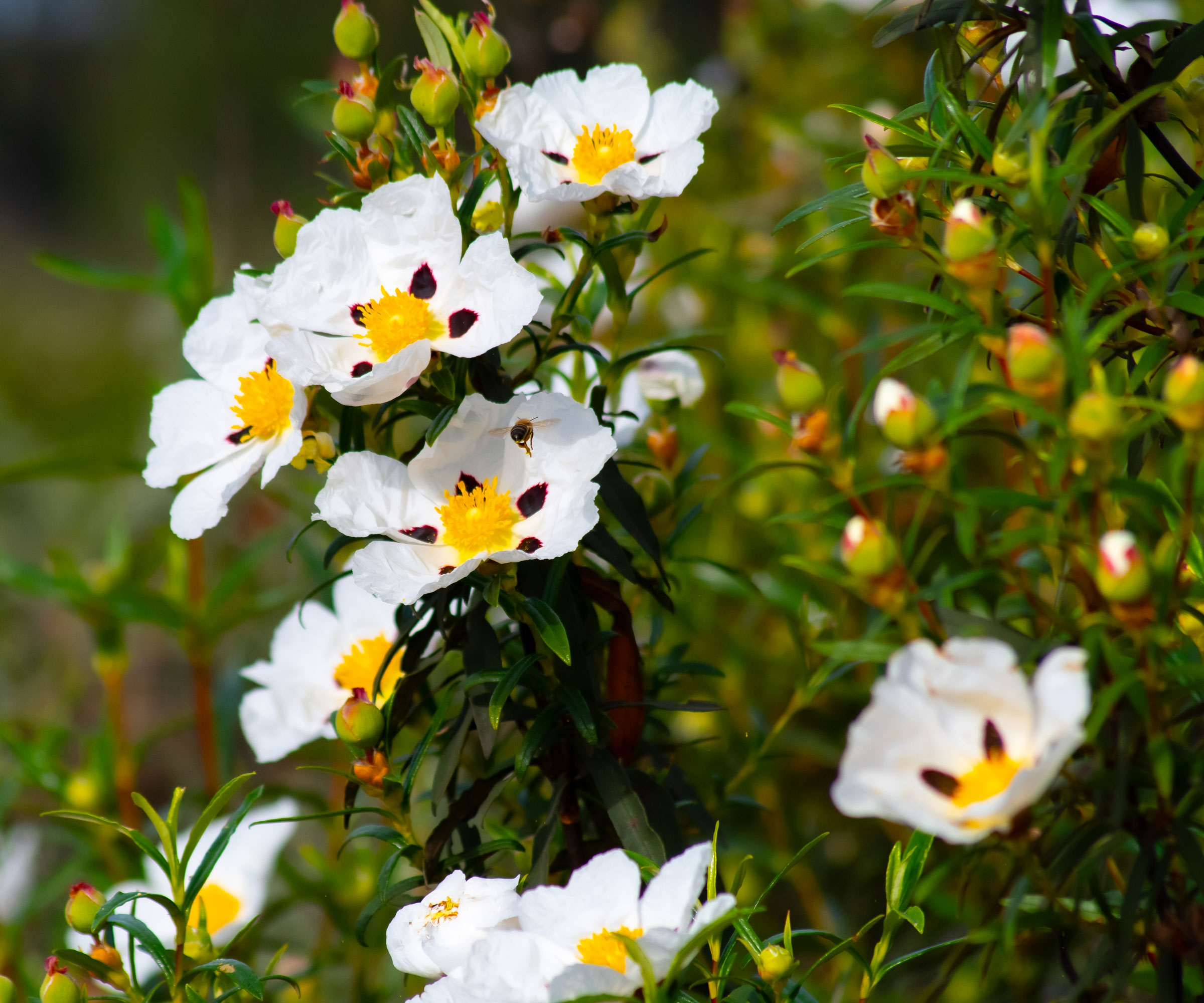
'Cistus are a very useful evergreen mound with silvery foliage and a profusion of summer flowers,' says Juliet. 'They are fairly short-lived shrubs, but well worth it and easy to replace. The tissue-paper like open flowers bloom from June to August.'
Also known as rock roses, these beauties love a warm position in full sun and very free-draining soil, so are one of the best plants for silty soil. Cistus grow well in poor, stony ground and tolerate alkaline conditions well so they are one of the best plants for chalky soil too.
They also the easy-going stars of gravel landscaping projects and Mediterranean garden ideas. They need little maintenance and flower abundantly all summer.
Find rock roses here at Nature Hills
10. Catalpa
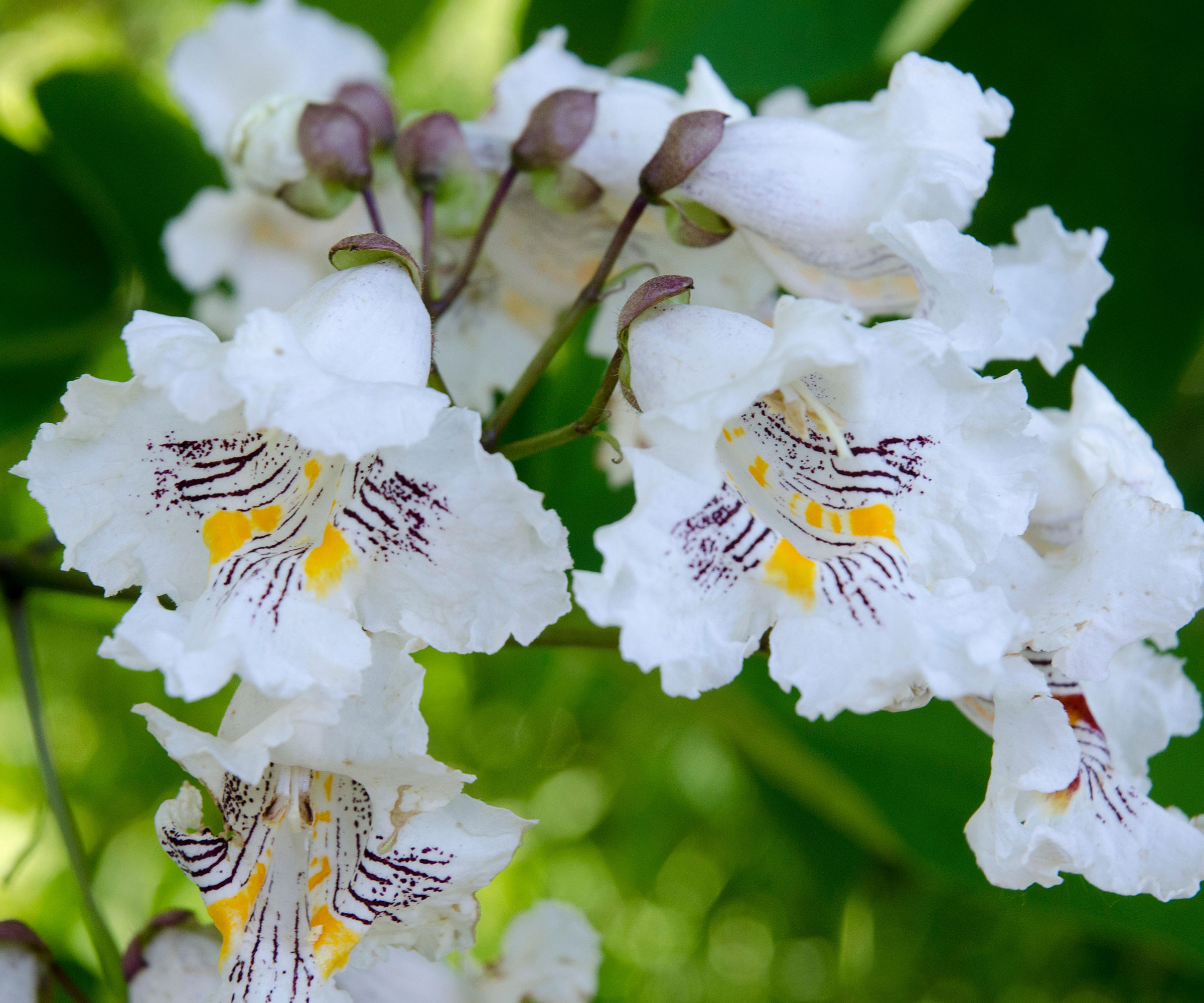
There are so many things to love about the catalpa tree, from the huge heart-shaped leaves and panicles of delicate white fragrant blossoms, to the shapely dark brown seed pods.
Catalpa is another flowering tree that thrives in silty soil, even when growing conditions are difficult, such as when soil is compacted. They will grow on well-drained soils on flood plains or low terraces of streams that drain areas from major rivers, all areas where silt tends to accumulate, which means they are one of the best plants for silty soils.
In fact, this easy going and adaptable tree thrives in a range of different soil conditions, as well as in both full sun and partial shade.
If you like the one above find this Catalpa Northern variety here at Amazon.
Now you know all about the best plants for silty soil check out our guides to the best plants for clay soil, the best plants for sandy soil, and the best plants for loamy soil so you are up to speed with your planting options.







